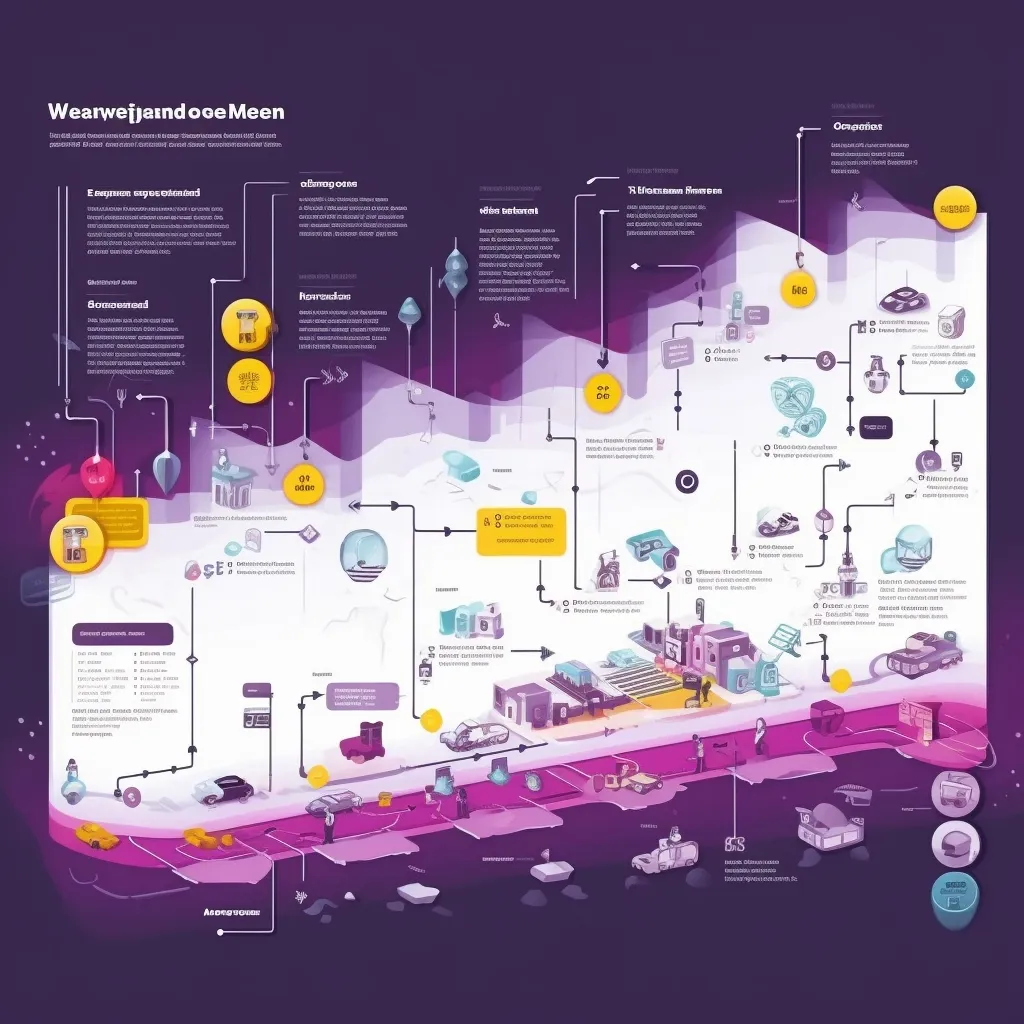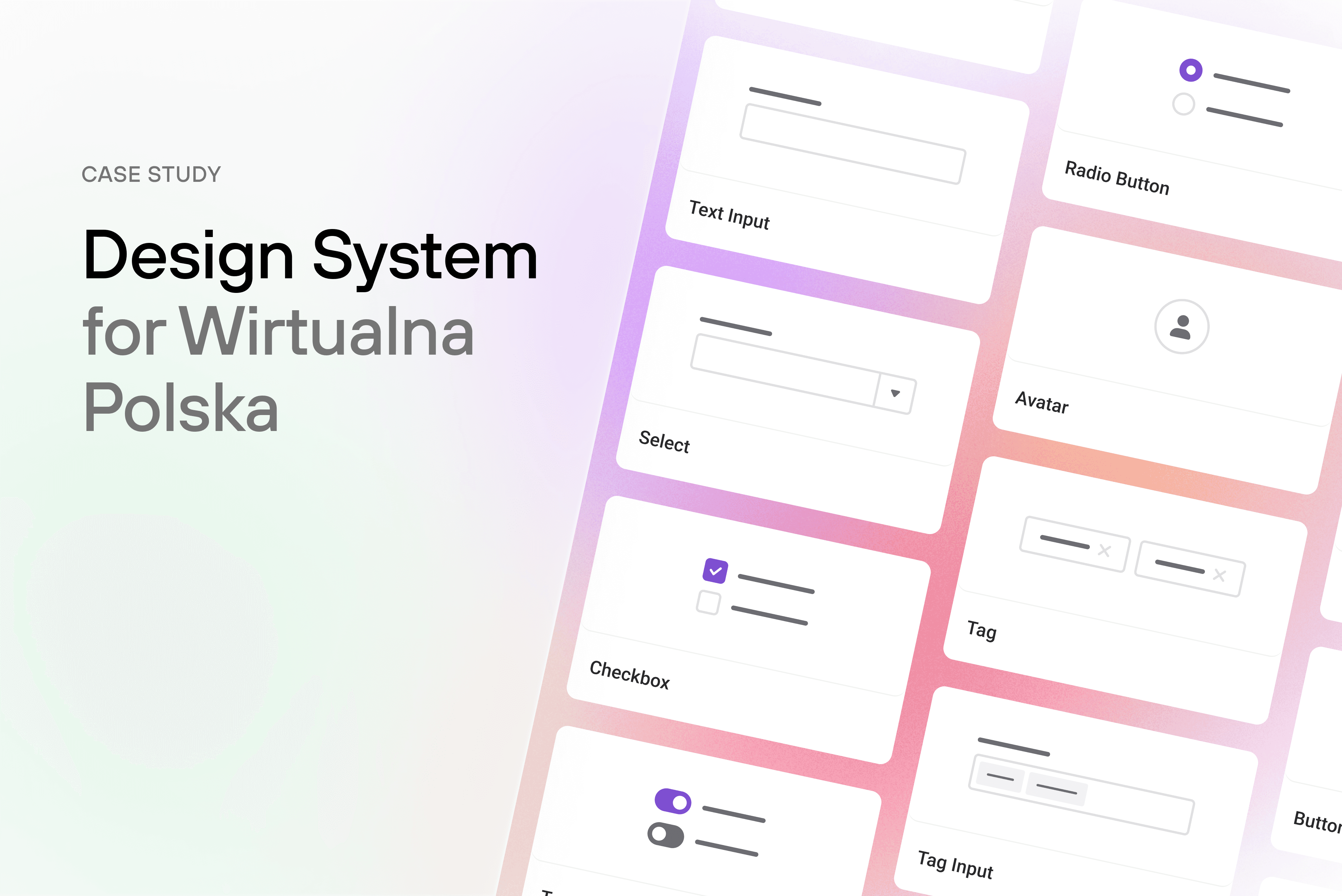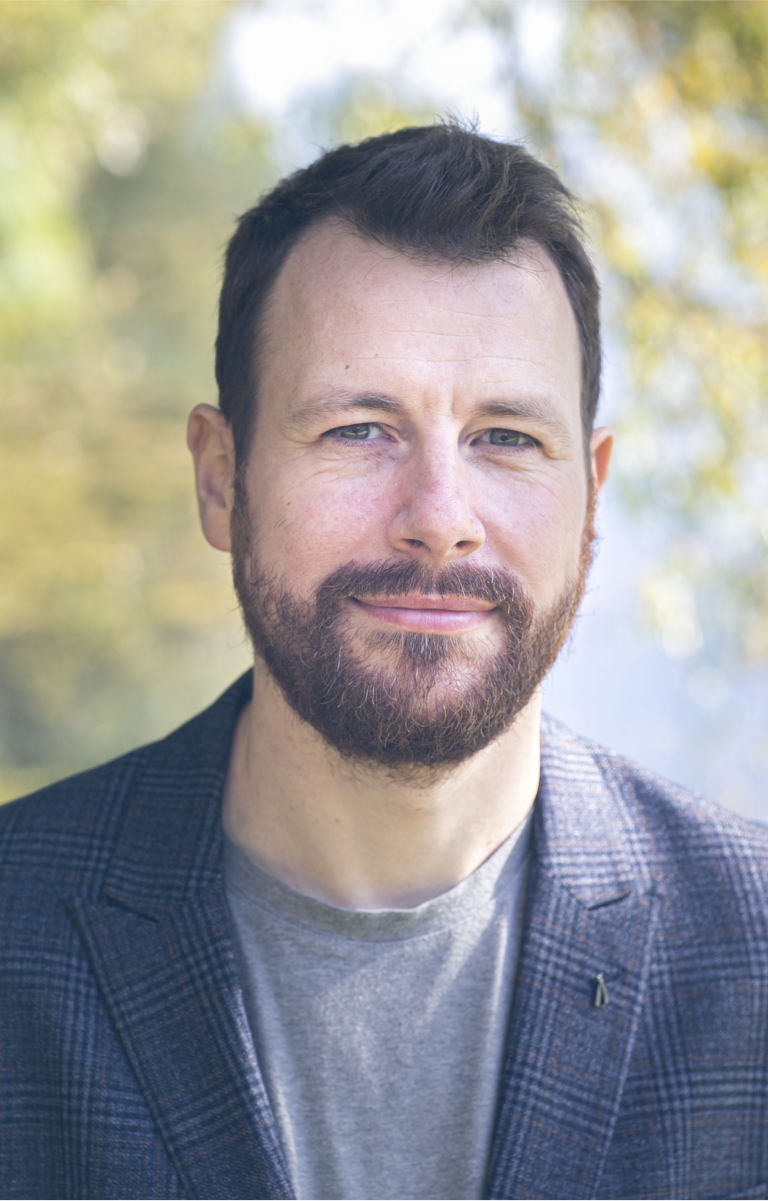The true value of hiring a UX designer
25 Sep 2023
I don’t particularly like the trendy expression “wear different hats”, – but it is amazingly accurate when it comes to describing the role of a UX designer today (and that's not me – it's an image generated by Midjourney).
Written by: Piotr Młynarczyk, UX Designer at Autentika
Being a UX designer today is not just about creating visually appealing interfaces. It's about being adaptable, patient and having a problem-solving attitude no matter the challenge. Allow me to shed light on some of these challenges and show you how I use soft skills to tackle them effectively.
In my journey as a UX designer, I have encountered various challenges, each unique and requiring a particular approach. In many cases, it was not the design itself that mattered but the ability to understand the problem and the willingness to find a solution. My technical skills or familiarity with a particular software were necessary, but soft skills – like adaptability, creativity and communication - made a real difference.
I am one of those people who like to get to grips with the industry I am designing for. When I worked for a lighting manufacturer, I accompanied staff during lamp installation. When I worked for a sewing machine company, I surfed Facebook groups for seamstresses to understand the industry and learn the jargon. I wanted to know what problems people had and how they talked about them. All this to eventually make their lives easier through the products I designed.
I don’t particularly like the trendy expression “wear different hats”, – but it is amazingly accurate when it comes to describing the role of a UX designer today. To prove the point, I have made a short list of the roles I’ve been in over the years.
1) Guiding the team through a change
I once worked with a team with 15 years of experience in internal software systems. We were transforming a large company's internal system into a customer-facing tool. The catch was that they were so entrenched in established patterns that the overall result of their work left a lot to be desired, and new users could not navigate a new system effectively.
The challenge was the team's lack of experience with UX. They faced numerous problems that needed to be solved even before they dived into the design process. I was responsible for guiding them through this transformation, taking on an educational role for the client. Introducing something visually different from their usual standards was a significant leap forward for clients unfamiliar with large-scale systems.
The education journey was not about delivering a week of explanations; instead, I wove education into the design process itself. At each step, I presented a fusion of their business needs with the tools I was using, fostering a collaborative spirit that led to compromises that aligned my role as a designer with their specific needs. Through a balance of design and explanation, we found common ground between my expertise and the client's needs.
Read also: Design system in a media organisation: 10 questions you should ask at your next meeting
2) Navigating complex user journeys
Design isn't always about making glamorous products. Sometimes, we work on software that deals with sensitive issues like debt collection or claims settlement. In such cases, the focus shifts to designing a human and empathetic user experience. This is less about button placement and more about the language of interaction – an area where UX writers are our valued collaborators. They're the experts in crafting messages that gently convey to users that they must pay back a million dollars or lose discounts on car insurance.
When working with products that aren't so enticingly “hot”, the focus shifts to the ultimate goal, and relentless optimisation takes a back seat. Instead, we slip into the client's heavy shoes and try to understand their needs. This goes beyond aesthetics and requires a grasp of the legal framework, including laws and regulations. I don't need to be an expert on the legal intricacies, but I do need to be able to ask the right questions. For example, I must identify whether a particular form input can comply with GDPR regulations.
The challenge is to streamline the user journey, minimise steps and convey complex information in simplified language. This approach is closely linked to recognising that our designs aren't ad hoc creations but purposeful solutions.

User journeys can sometimes be really complicated (image generated by Midjourney)
3) Identifying hidden issues
Even when the designs appear identical, a nuanced detail can significantly affect user behaviour. During the implementation of the new front we designed for a client, a strange anomaly occurred. While the service achieved remarkable improvements in conversions overall, there was a confusing point where the conversion rate inexplicably dropped.
To decipher this conundrum, I was handed several charts comparing the old front with the new. As I delved into the data, a puzzling picture emerged: the appearance of the pages was identical; the only thing that had changed was the UI. I realised the discrepancy only after a eureka moment: it wasn't a desktop problem, but a mobile one. Convinced that we had found the solution, we immediately changed the design. Amazingly, the conversion rate deteriorated! The dilemma left us pondering, as it wasn't clear where the fault lay, and I felt like an observer missing the big picture — a common challenge in the world of short-term contracts.
When I think about it now, I think the client had generally been very well prepared for our collaboration, but something crucial had slipped through the cracks, a detail left unshared. My conclusion is that even in a field where mathematical precision is often the basis for creative problem-solving, the element of chance still has the upper hand.
4) The importance of adaptability
In my role, I have to switch between different tasks and projects, e.g., debt collection to hotel booking. In any case, as already mentioned, I want to be on the same wavelength with my clients, even if I've to learn new tools on the fly or familiarise myself with industry concepts. Whether I'm speaking the client's language, adjusting my tone of voice to match the client's or adapting to the recipients to ensure smooth communication, I aim to create mutual understanding.
I'm often the one who bridges gaps, guides clients and, most importantly, puts the user experience first. So, when you hire a UX designer, remember that it's not just about the design; it's about the solutions and the understanding that comes with it. And that’s our attitude at Autentika – you can look at some of our projects to learn more.



